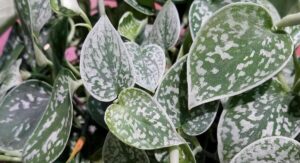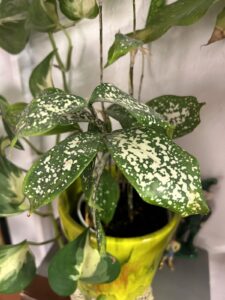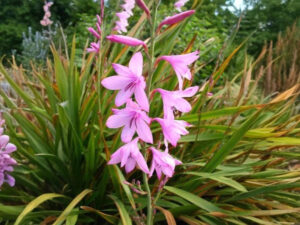This striking snake plant variety is loved for its pale, silvery-green foliage and its low-maintenance nature.
The Sansevieria Moonshine (Sansevieria trifasciata), also known as Moonshine Snake Plant, is a stunning addition to any indoor space. Its elegant, sword-shaped leaves have a silvery-green hue that sets it apart from other snake plant varieties. Native to West Africa, this hardy plant is not only a visual standout but also one of the easiest houseplants to care for, making it a favorite for beginners and seasoned growers alike.
Known for its air-purifying qualities and ability to thrive in a variety of conditions, the Sansevieria Moonshine is a low-maintenance plant that still benefits from some specific care to maintain its unique leaf color and health. Here, houseplant experts share three essential tips to help you care for your Sansevieria Moonshine.
In this article
How to care for a Sansevieria Moonshine
Before you bring a Sansevieria Moonshine into your home, it’s important to know that while this plant is highly drought-tolerant and adaptable, it has specific preferences for light, water, and soil. “This plant is as tough as it is beautiful, but giving it the right care will help it truly thrive,” says plant care expert Julie Smith.
Here are three expert-recommended tips to help you keep your Moonshine Snake Plant in top condition.
Place it in bright, indirect light
Sansevieria Moonshine can tolerate a wide range of lighting conditions, from low light to bright, indirect sunlight. However, if you want to maintain its signature silvery-green color, bright, indirect light is your best bet.
“Too much direct sun can cause the leaves to scorch, while low light may result in a darker, greener appearance,” explains Julie. East- or west-facing windows are ideal, but you can also place the plant a few feet away from a south-facing window to avoid direct sun exposure.
If your home lacks natural light, don’t worry – this plant also thrives under artificial grow lights like this one from Amazon, making it a great option for offices or dimly lit rooms.
Water sparingly to avoid root rot
One of the most common mistakes with Sansevieria Moonshine is overwatering. Like other snake plants, this variety stores water in its thick, succulent-like leaves, making it highly drought-tolerant.
“Always let the soil dry out completely between waterings,” advises plant expert Mark Taylor. “Watering every 2-4 weeks is usually sufficient, depending on your home’s climate,” he adds.
When it’s time to water, pour evenly across the soil until it’s moist (not soggy), and ensure that any excess drains out of the pot. Using a pot with drainage holes is essential to prevent water from pooling at the bottom, which can lead to root rot.
During the winter months, reduce watering even further, as the plant’s growth slows down in cooler conditions.
Use well-draining soil for healthy roots
Sansevieria Moonshine thrives in well-draining soil that prevents water from lingering around its roots. “A cactus or succulent mix works perfectly for this plant,” recommends Mark. You can also create your own mix by combining regular potting soil with sand or perlite for added drainage.
Repotting is only necessary every 2-3 years or when the plant outgrows its pot. Choose a container that’s just slightly larger than the current one, as Sansevieria plants enjoy being somewhat root-bound.
Another tip: Avoid fertilizing too often. “Feed the plant with a general-purpose houseplant fertilizer diluted to half strength during the growing season, about once a month,” Mark advises. Skip fertilization entirely during the winter months to avoid stressing the plant.
With these tips, your Sansevieria Moonshine will stay healthy, vibrant, and effortlessly beautiful in any space!
RELATED: Snake Plant Care Guide







